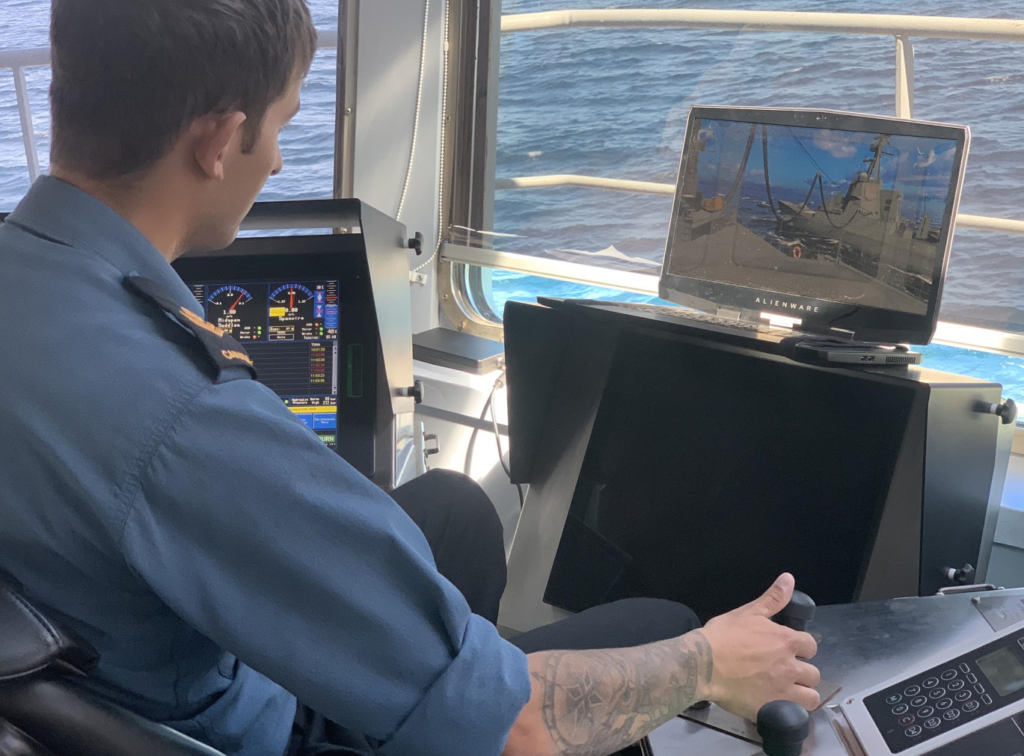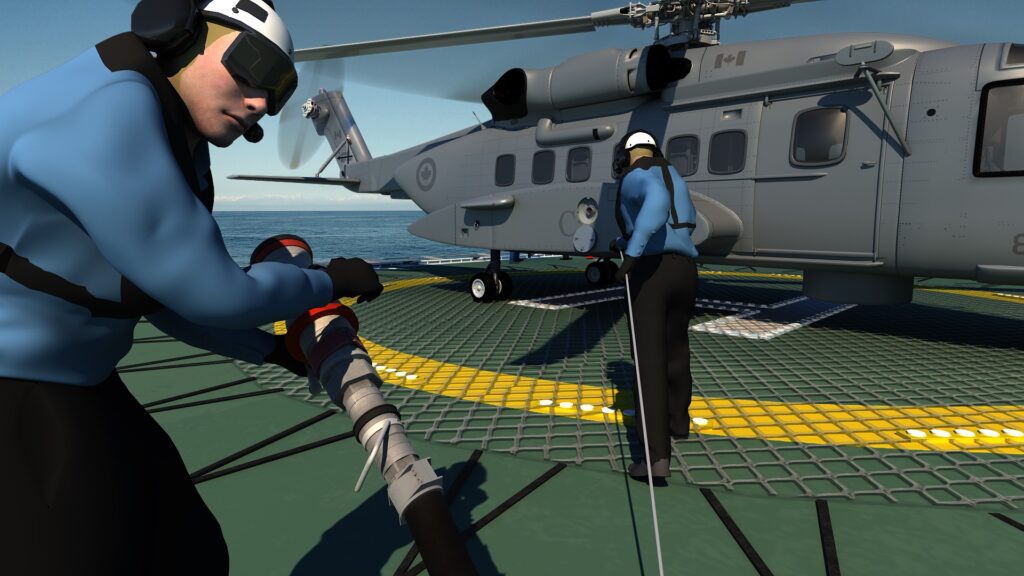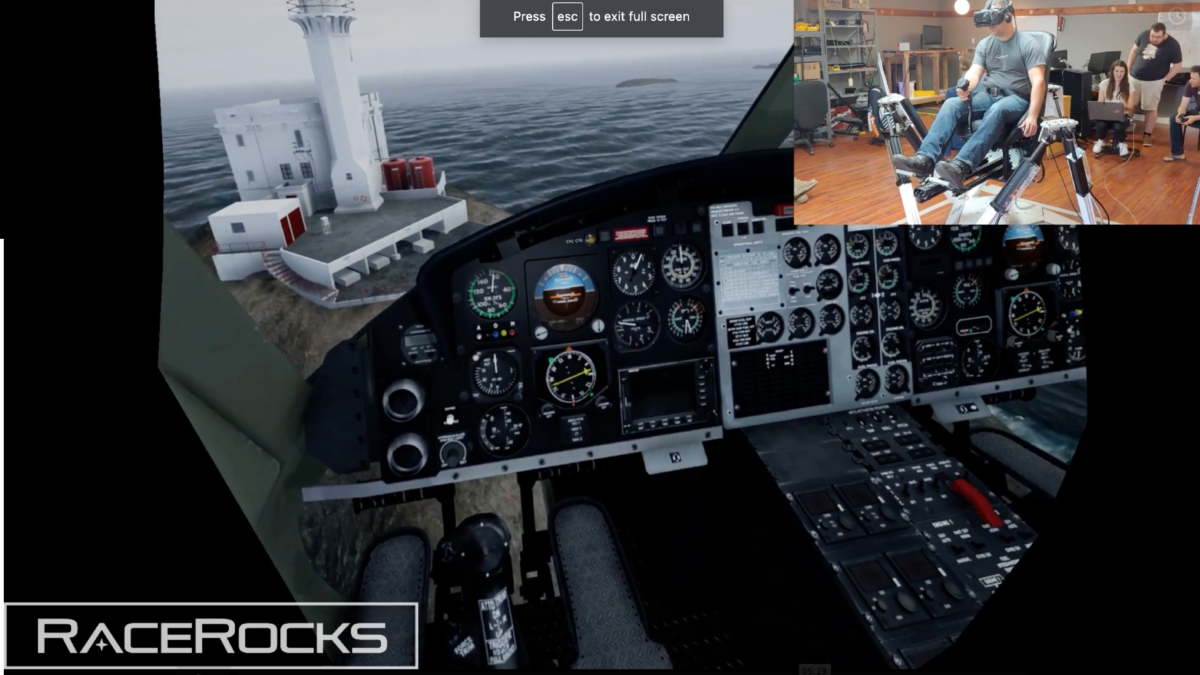The world of training has been undergoing enormous change. As our lives and jobs have shifted to seamlessly integrate technology, training is finally catching up. For years the use of technology was dictated by the classroom-based, instructor-led model. Now technology-enabled solutions delivered on-demand and tailored to each learner are becoming widely adopted. The benefits are significant for both the organization and its employees from efficiencies and cost-savings for the organization to better accessibility and customization for the learner.
Anita Pawluk, CEO and Founder of RaceRocks, has been on the forefront of this evolution continuously incorporating new technologies into the training solutions for her clients.
Q: So, what is technology-enabled learning and its impacts?
A: Technology-enabled learning uses digital tools, virtual environments, and interactive media in a thoughtful way to best meet an organization’s training goals. This may mean distributing learning to personal devices so learners have easier access, creating a game or simulation to allow learners to practice skills, or incorporating rich media like video or 3D graphics into training to better illustrate concepts. Technology-enabled learning solutions can also reduce training time and delivery costs. We know learners today have on-demand and immersive entertainment, and that they need interactivity to learn.
Q: More recently in the past decade, what technology has changed training?
A: In the last decade we have seen major advancements in what is possible with virtual and augmented reality. Headsets are becoming lighter, more powerful, and more affordable. We’ve also seen changes in software and data, allowing learning systems to be more interoperable and reconfigurable. These two developments are making immersive training significantly more cost-effective, adaptable, and accessible.

Q: Why is immersive training better?
A: By incorporating realistic environments and situations into the curriculum, training can replicate on-the-job experiences. This is proven to deliver better results when learners are faced with the realities of their work, and helps learners apply more of their training to long term memory. Using immersive technologies also allows for equal access to repeatable scenarios, both for practice and assessment, including situations that are rare, unpredictable, or dangerous. Our VR simulators provide this opportunity for clients to train in adverse environments on demand.

Q: Can full-mission simulation be an affordable training solution?
A: With the advancement of simulation technology, replicating a full-mission experience is much more affordable these days. A traditional, large-scale simulator that requires extensive space and in-service support is not the only option these days. A VR headset can provide you with just as realistic an experience for a fraction of the cost. Ultimately, training with simulations is always more affordable than risking lives or equipment.
Q: What’s the next level in technology-based training?
A: Like we’ve seen across industries, one of the most powerful tools that can be utilized for training is data. By capturing information as a learner interacts with the training application, it is possible to use algorithms and machine learning to automatically adapt to individual needs in real-time.
Q: What hasn’t changed?
A: Training materials grounded in solid curriculum design and adult learning theories. It doesn’t matter how slick the graphics are or how cool the tech is, if the content isn’t achieving the learning outcomes that the organization needs, then the training isn’t effective. Working with an experienced and capable team that understands both the curriculum and technology will achieve the best outcomes.

Anita is the CEO & Founder of RaceRocks3D, an immersive training company for defence and aerospace organizations. As a Women-led, Certified Aboriginal Business, RaceRocks is your proven partner for technology-enabled training solutions.

